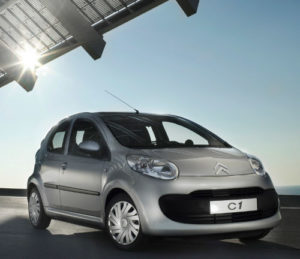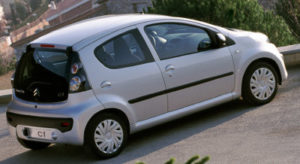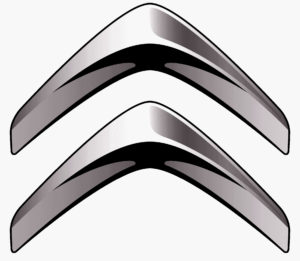The C1, launched in 2005, is the product of a joint-venture between PSA and Toyota, internally codenamed project B-Zero, and announced in mid-2001.

The project, to develop a city car designed specifically for Europe, included a new factory in Kolin, Czech Republic, drawing heavily on PSA logistics expertise and relationships. The car itself, built on a new platform, uses a 1.0 three cylinder Daihatsu petrol engine or the 1.4 HDi diesel familiar from other small PSA cars (itself a joint venture, with Ford).
Available as either a three- or five-door hatch, the C1 bears only minor differences to the Peugeot 107, with the Toyota Aygo sibling having minor styling changes, primarily in the rear wings and lights of the five-door.
Whilst the Aygo was involved in the globally huge Toyota throttle-pedal recall of 2009, the C1 escaped almost untouched, as Citroën have tended to sell cars with lower specifications than Toyota. With a manual gearbox and no traction control (virtually all C1s, the vast majority of 107s, but fairly few Aygos), there is a good old low-tech throttle cable.

A British company, the Electric Car Company, released an electric version – called the C1 ev’ie – in 2008. Complete C1s have the engine and fuel tank removed, the original manual gearbox fixed into third gear, and electric motor (with regenerative braking) installed. Batteries are split between the original fuel tank location and the engine bay, meaning there is no loss of boot space. Power, at 30kW (40bhp), is down on the petrol 50kW (67bhp), giving a 60mph top speed – the range is quoted as 60 miles.


